When you notice sand coming out of the backwash hose or outlet while backwashing or rinsing your pool, it’s an indication that there’s an internal problem with your sand filter.
So why does this happen how do you fix it? That’s what this post addresses. So let’s dive in.
Why is Sand Coming Out When Backwashing or Rinsing The Pool?
First of all, let’s talk about what’s normal and what’s not.
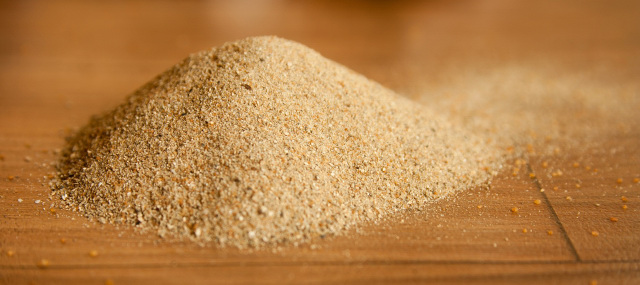
When you first install a sand filter or renew the sand, you may indeed get a small amount of sand coming out when backwashing, rinsing or filtering. Often, excess sand gets into the wrong places when refilling and will sand to come out into the pool or out of the backwash hose. But it should go away after a few runs.
In general, you shouldn’t be losing sand from your sand filter. Nor should any sand be coming out during backwashing, rinsing or filtering. If sand is coming out, something is wrong.
You shouldn’t need to be topping up the sand in the filter either. If you do need to top up the sand, this indicates sand is coming out and there is a problem.
There are different reasons for this. The first on the list is:
1) Cracked Standpipe or Laterals
A broken standpipe or laterals will cause sand to come out during backwash (backflushing), filtering or rinsing.
The standpipe is the thick plastic pipe that runs through the middle of the sand tank and moves the water in and out of the sand tank. The standpipe is connected to laterals at the base of the sand tank and to the multiport valve at the top of the tank.
If the standpipe isn’t located correctly or cracked, it can allow sand to get through it and back into the pool when backwashing, rinsing or filtering.
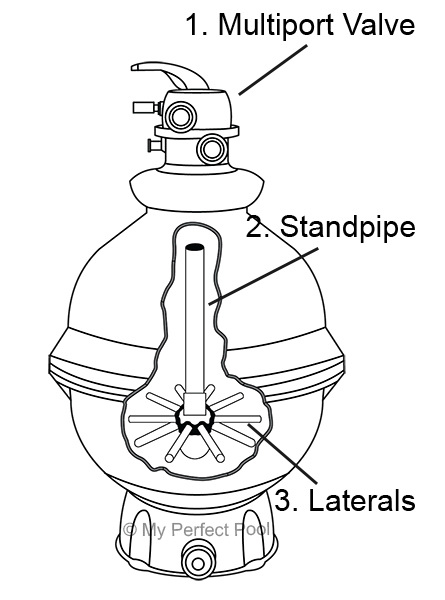
The laterals in the sand filter system are pipes that are located at the bottom of the sand tank. These laterals are designed with tiny pores or holes in them that allow filtered water to pass through into the pool, whilst being small enough to stop the sand from passing. There are usually 8-10 laterals in a sand filter.
When you set the pool’s multiport valve to filter, water from the pool pump is poured into the sand tank from the top. As the water finds its way down, debris is filtered out and caught in the sand particles.
But if one or more laterals are cracked or worn out, due to age and deterioration, sand can pass through the cracked lateral(s) and back into the pool.
To know if this is the problem, first check if there is sand on the bottom of the pool near the return jets. If there is sand near the jets, it’s likely the standpipe or laterals are broken.
Next you’ll need to turn off the pool equipment. Then drain and open the sand filter and inspect the standpipe and laterals. You’ll need to remove the sand to do this. A shop vac is your friend here.
The standpipe should be fixed at the center of the sand tank. If it’s not at the center or it’s cracked, that’s where the sand leak is coming from. It only takes a very small crack to cause an issue.
Same with the laterals, check them for cracks or damage.
How To Fix A Cracked Standpipe or Broken Laterals
If the standpipe or laterals are damaged, you need to replace them. It’s worthwhile replacing both the laterals and standpipe at the same time.
After getting the right replacement parts, turn off the pool pump and drain the water from the sand tank. Next, you should open and lift the lid on the sand tank and empty the sand.
Now you can remove the laterals and standpipe and fit the replacements. Be sure they are located correctly.
After you’ve installed these parts, fill the sand tank with sand and close the sand tank tightly. It’s good practice to put a rag on top of the standpipe when filling up the sand, so you don’t get sand in the standpipe. If you do get sand in it, the sand will go back into the pool.
Now run the filter system. You may see a small amount of sand for the first couple of times when you start the pump. You shouldn’t see sand going into the pool on an ongoing basis.
2) Too Much Sand in The Filter
Having too much sand in your sand filter is another reason why sand is getting into the pool when backwashing, rinsing or filtering.
Your sand filter is designed to operate effectively with a certain level of sand in it. When the sand level in the filter housing or sand tank is too high, then you may notice sand coming out of the backwash lines when you backwash or use the rinse function. You may also see sand coming out of the return jets (eyeballs).
When backwashing, the sand is agitated and lifted. So when you have too much sand in the tank, the excess sand at the top will be expelled. This will also make your backwash and rinse cycles to be ineffective.
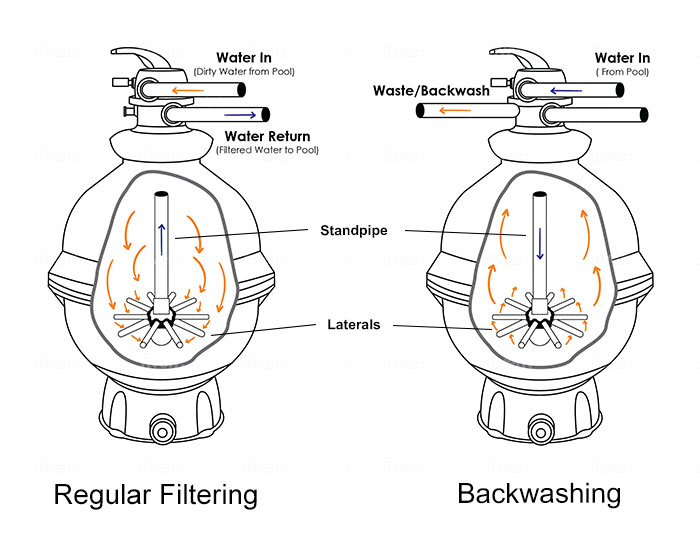
To know if this is the reason for sand coming out of your filter, turn off the pool equipment, drain and open the sand filter. Now inspect the sand level inside the sand tank. You’ll need to check the manufacturer’s instructions for the correct level of sand.
If the sand level is too high, remove some.
How To Reduce the Sand Level
The good news here is that the sand filter system will sometimes correct itself when you have too much sand in the filter system. When you rinse or set the pool’s multiport valve to backwash, the excess sand at the top of the filter may be flushed out till the sand is at the right level. This will automatically correct the issue.
You can also do this manually by first turning off the pool pump. Then open the lid on the sand tank and take some sand out.
Tip: Always leave at least 6 inches between the top of the sand in the tank and the sand filter lid.
3) Faulty Spider Gasket or Multiport Valve
A broken or faulty spider (spoke) gasket or multiport valve is another reason you may have sand coming out of the backwash outlet or out of the pool’s return jets.
Your multiport valve is constructed with different chambers that are responsible for the direction of water flow. These chambers are separated by the spider or spoke gasket.
When the multiport valve is set to filter, or any position for that matter, the spider gasket seals the other chambers to direct the water through the correct chamber. When you set the multiport valve to backwash, the spider gasket seals the other chambers to allow water to only pass through the backwash outlet or hose.
Now, if the multiport valve or spider gasket is damaged or displaced, water will escape into the other chambers when you change between filter and backwash. This can cause the sand in the tank to get into the pool or come out of the backwash hose.
To know if this is the cause of the problem, you’ll need to remove the multiport valve and inspect it. Check for cracks in the valve, make sure the spring has tension and check the spider gasket is not cracked or deformed and is sitting correctly.
How To Fix A Faulty Multiport Valve or Spider Gasket
You’ll either need to replace the multiport valve, the spider gasket, or both to correct this. Check out this article for details: How to Replace a Spider Gasket in Multiport Valve
You can purchase a new spider gasket here.
- Fixes leaks, low pressure & backwash issues
- Range of seals suitable for all filters
- Cheap & simple to replace
If it’s the whole multiport housing that is damaged, you’ll need to get a new multiport valve.
4) Oversized Pool Pump
Another reason you may see sand inside your pool whilst backwashing, is that the pool pump is oversized. If the pool pump is too powerful or too big for the sand filter, then the water being pumped into the sand tank will exceed the maximum flow rate of the filter system.
The increased water pressure from the oversized pool pump will push sand particles where they are not supposed to be, and they could end up coming out of the backwash hose or outlet.
To know if you have the correct pool pump size, check the user’s guide or the instructions for your filter and check for the maximum flow rate. Cross-reference that with your pool pump’s flow rate. Your pump’s flow rate should match the minimum and maximum flow rates of the sand filter.
5) Sand is Too Small
If the size of the sand grains in the sand tank is too small, then the sand can escape through the laterals and get into the pool or come out of the backwash hose during backwashing or rinsing.
When filling up a sand filter, it’s important to only use pool sand, as this sand is graded and is the correct size. Don’t use other products not intended for sand filters.
Tip: The recommended size of sand for a pool sand filter is 0.45 to 0.55mm in diameter. This is the required size to provide good filter but not slip through the laterals. This varies between manufacturers though.
If you suspect that your sand is the wrong size or grade, you’ll need to empty out the sand and replace it. You can get replacement pool filter sand here:
- Standard #20 grade for sand filters
- Helps prevent clogging & channeling
- 100% natural & chemical free
Now that you know how to spot and correct the reasons for sand coming out during backwashing or rinsing, let’s check the top 4 backwashing tips that can help limit the possibility of finding sand in your pool or backwash lines.
Related Reading: How Much Sand to Put in a Sand Filter (How Far to Fill)
Top 5 Pool Backwashing Best Practices
1) Turn Off The Pump Before Changing Filter Settings
The multiport valve controls different functions including backwash and filter. Always turn off the pool pump before alternating between these functions. Failure to do this can damage the valve and spider gasket.
2) Rinse and Backwash The Pool Sand Filter Frequently
You should backwash a sand filter every few weeks. You can also use the pressure gauge on the top of the sand tank to know when to backwash. If the pressure gauge is 8-10 psi higher (or more) than usual, you’ll need to backwash.
3) Empty The Skimmer Basket Regularly
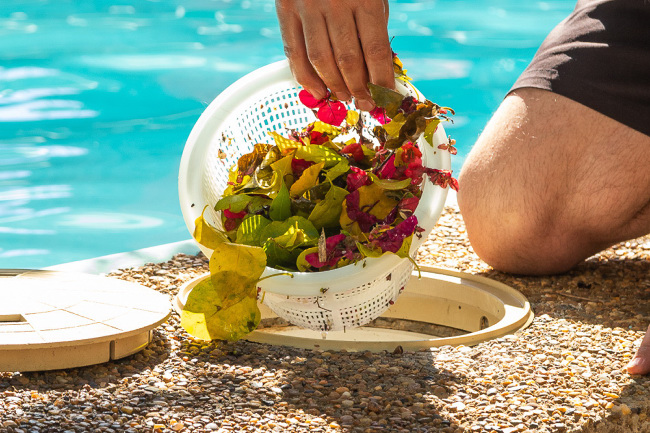
A blocked-up skimmer can mean a lack of water flow into the filter. Which results in poor filtering and poor backwashing. Make sure you clean the skimmer regularly to ensure proper water flow. And always turn off the pump before cleaning the skimmer basket. If you leave the pump on, debris will be sucked into the pump, which can block the impeller or block up the pool pipes or multiport valve.
To know more about the right way to backwash, check out this post on our website. You’ll also discover some extra tips in the article.
4) Backwash Until Clear
Whenever you backwash the pool, ensure that you leave the pool multiport valve on the backwash setting till the water runs clear.
To know if the pool water is clear during backwashing, use the sight glass usually located around the backwash lines.
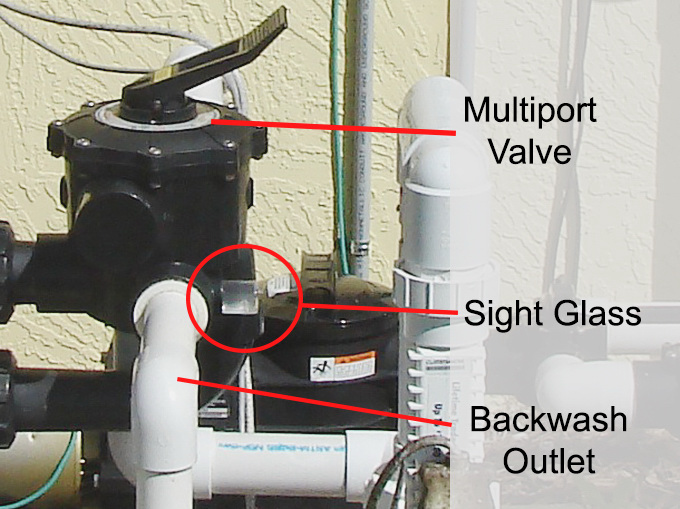
Related Reading: Sand in Sight Glass (When Backwashing Pool Sand Filter)
Final Thoughts
Overall, when you have sand in the pool or notice sand coming out of the backwash hose during a filter setting, there is something wrong with the filter.
The culprit is usually one of the causes discussed above. Check each one out and fix it following the guide. Also, ensure to follow the pool backwashing practices for a clean pool.
So there you have it. If you liked this post, ensure to check out others like it on this website for more pool tips.

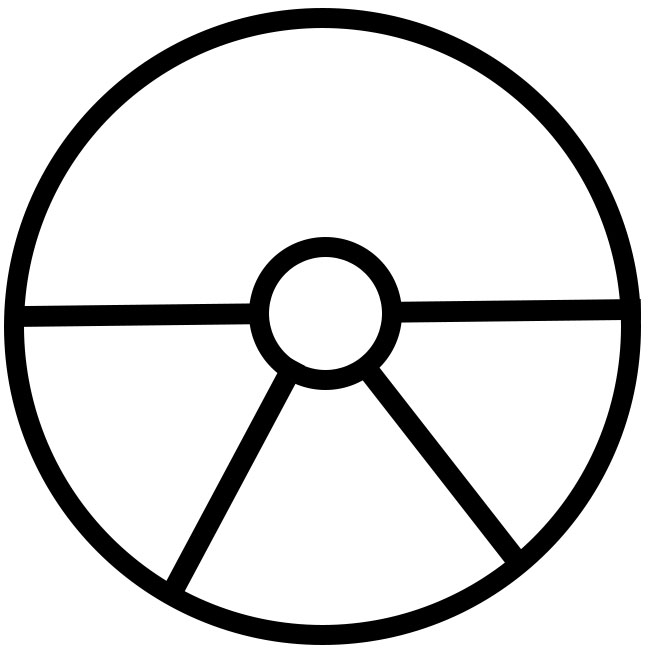


Why are there so many functions on the multiport valve when only 2 are generally used namely backwash and rinse
Although not all the settings on a pool filter are used all the time, they do serve a purpose. For example, the waste setting is handy if you have a lot of algae or dirt in the pool and you don’t want all that gunk going into your filter.
Very useful information thanks
Very knowledgeable and helpful 👌